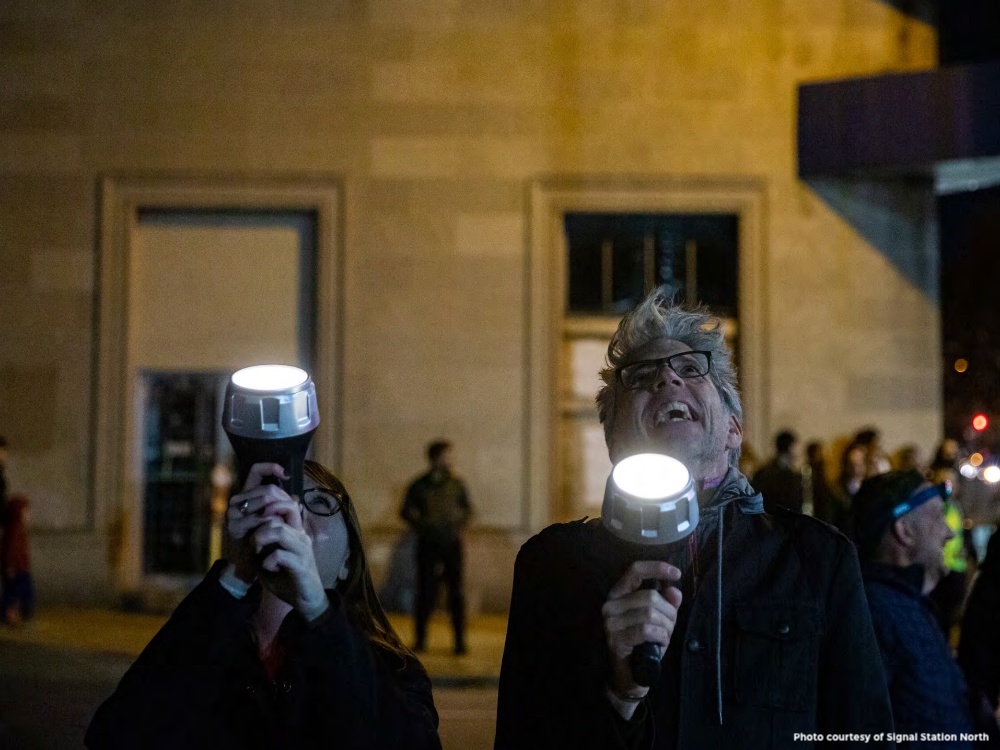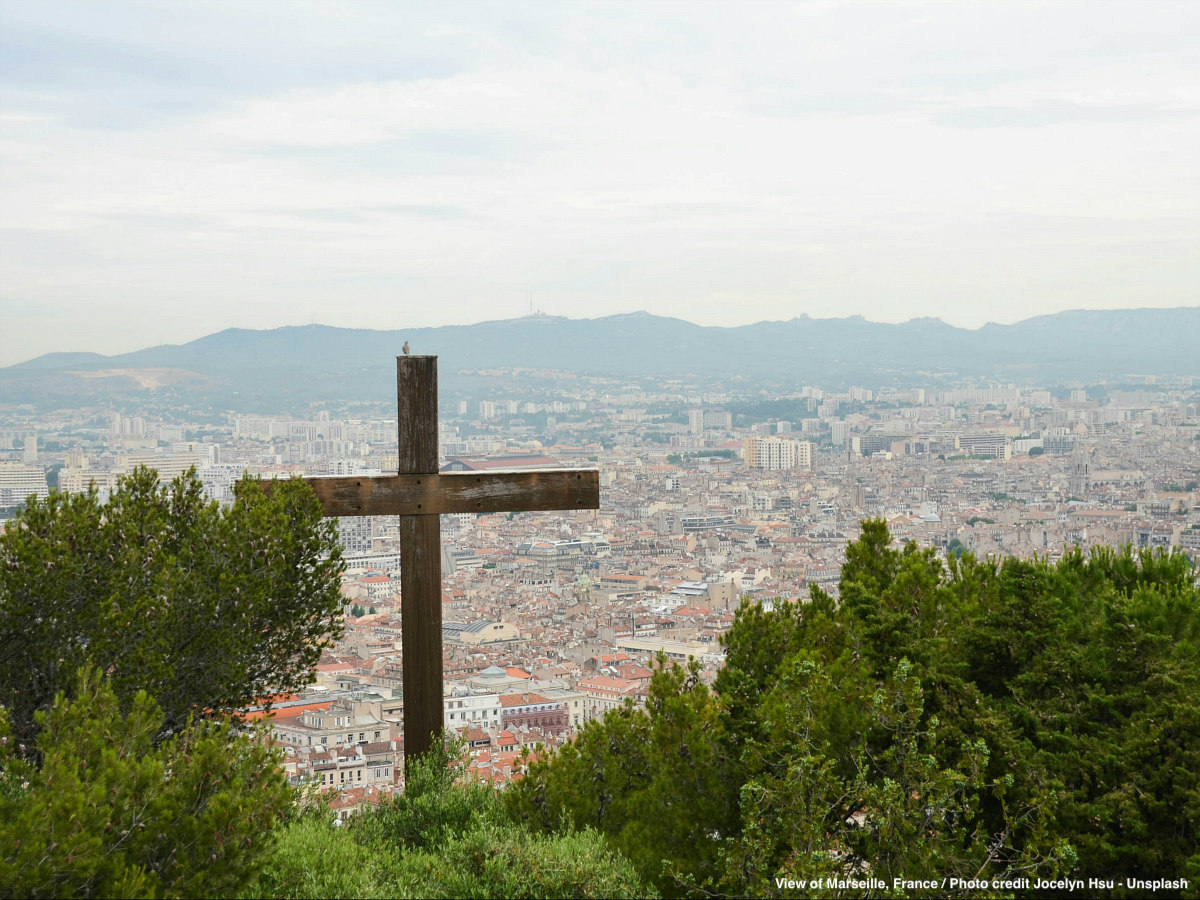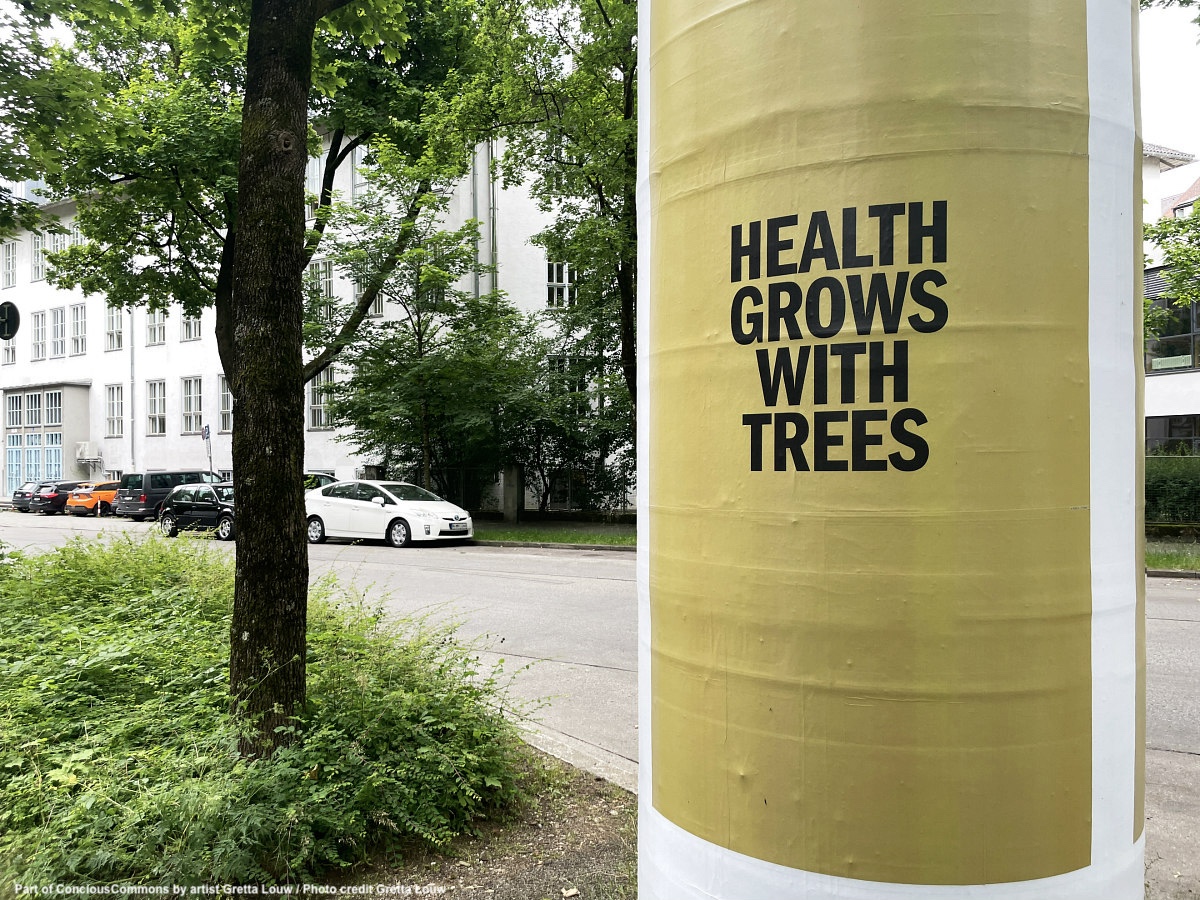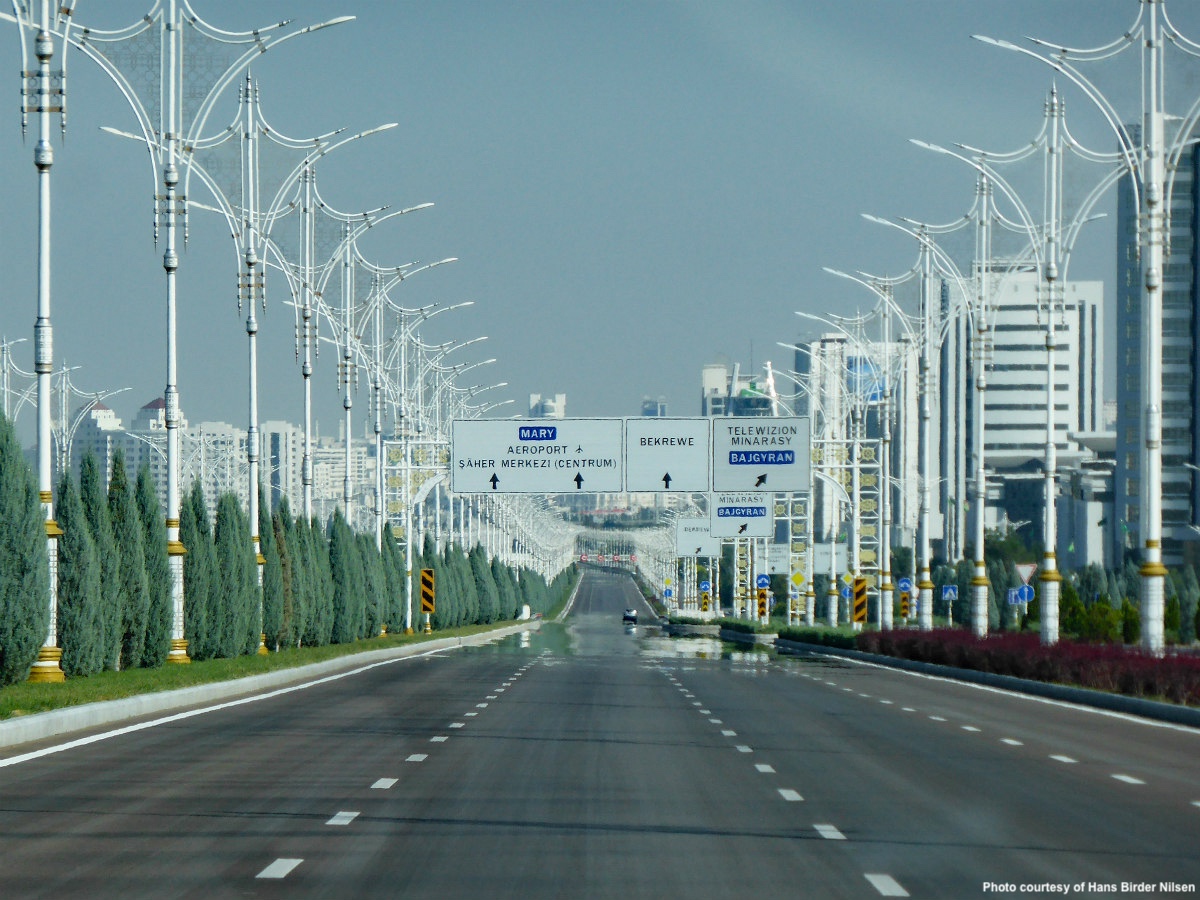Street lighting can be fascinating. Before electricity was invented, cities went dark when the sun set; incomprehensible to contemporary urban eyes how dark it was back then. Some cities imposed curfews to keep them safe until local authorities began to come up with plans for light systems. They required urban dwellers to engage with lighting.
In Paris householders with ground-floor windows kept a light burning; later lamplighters took over the job of lighting street lamps. Many cities in early America, established a “night watch” to maintain the social order during the night carrying a portable light. He could inspect various dark corners for danger, and arrest, a vague criminalization of night-time activities which later turned out problematic. Safety and public lighting were very intertwined.
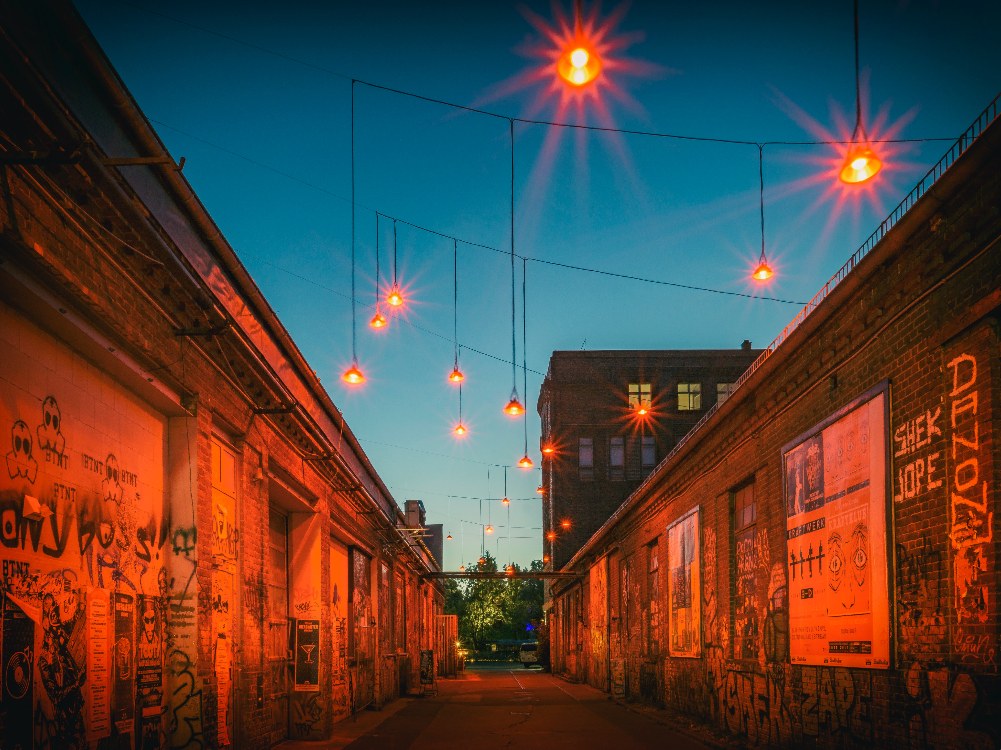
The city of Baltimore has always had a special relationship with lighting. After gas lighting was successfully introduced in London, it was Baltimore, the first place to adopt gas lighting outside of the UK and Peale’s Gas Light Company of Baltimore provided the first gas streetlights in the United States. As gas lighting moved to electricity and the city infrastructure was expanding, historians have shown that municipal decisions about lighting according to used-based zoning often had racial impacts. At some point the function of lighting prioritized surveillance and crime prevention over wellbeing and belonging. Lighting became a practice of redlining.
Years later residents and visitors in Central Baltimore are asked to be engaged with street lighting. Through a process of focused listening, research and exhaustive urban analysis the innovative district lighting plan and public space engagement initiative Signal Station North, a project of Baltimore-based nonprofit the Neighborhood Design Center, has deepened into the many layers and functions of light to support a sense of place, identity and belonging, beyond safety.
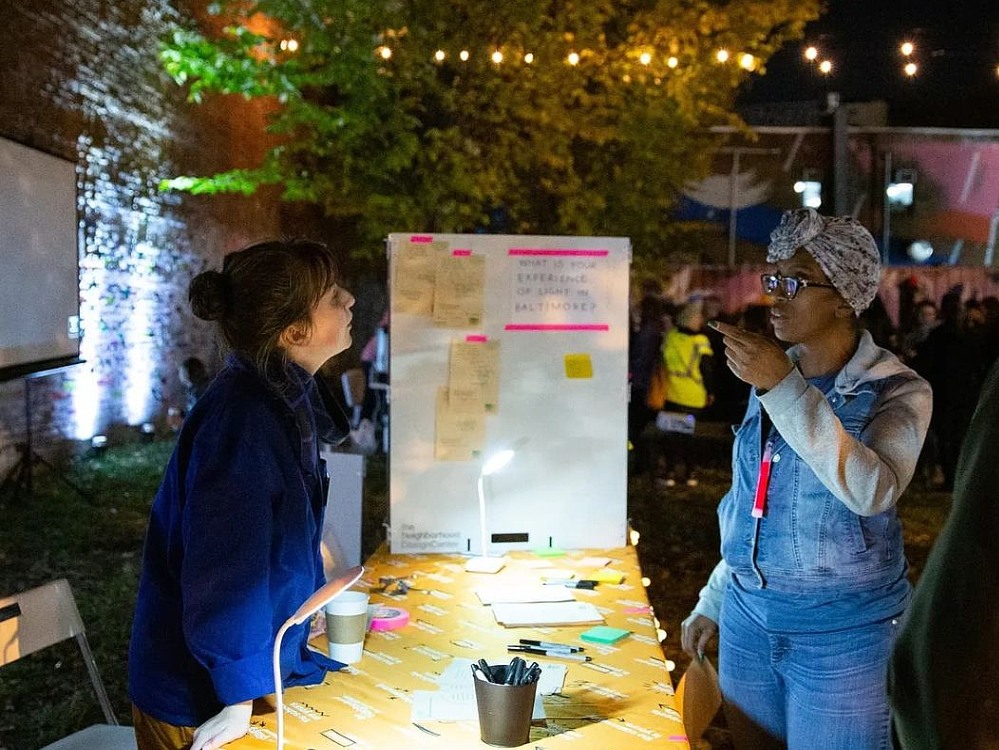
The connection between levels of crime and changes in street lighting has faded, a study in the UK has found, although people still tend to associate more lighting with less danger. At base, lighting serves a simple purpose; to provide visibility in the dark. Yet there are so many emotional and social qualities evoked unconsciously by street lighting, which uphold the character of space. This translates into the joy of walking in cities at night.
Street lighting ‘can unite and divide, build social interaction and community and determine what is prioritized in our neighborhoods’, states the Neighborhood Design Center, which pairs designers with community-initiated projects in Maryland. They have been working since the 70s with residents and community nonprofits to develop playgrounds, building parks and greening schoolyards, all at the conceptual level, to contribute to an equitable city’s built environment.
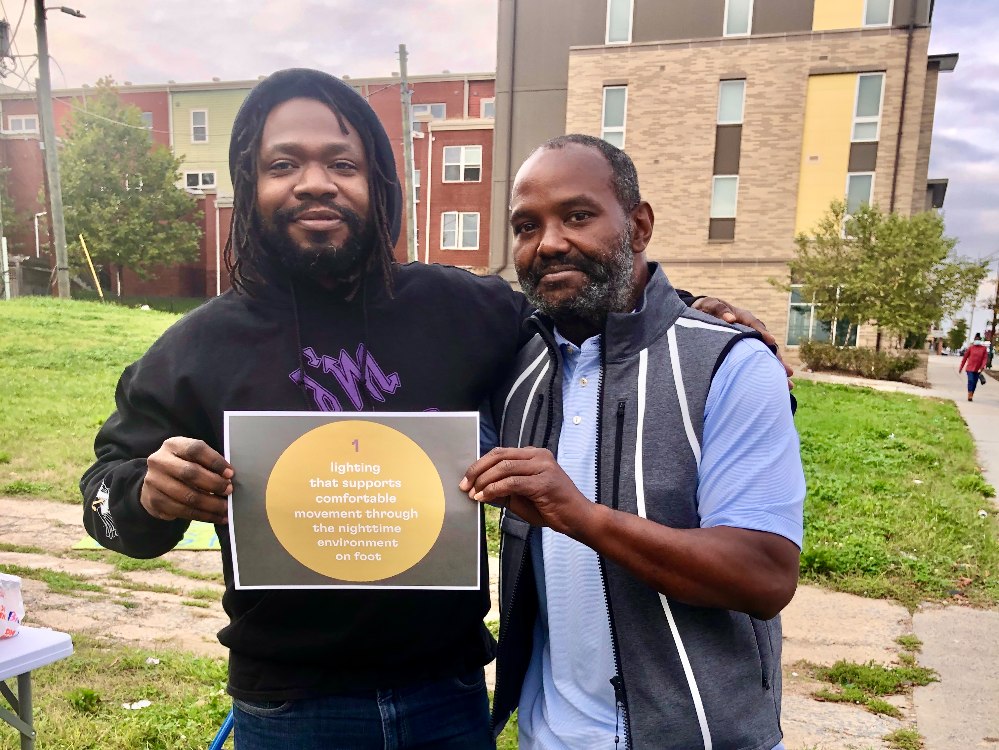
The Signal North Station project is a bit of a new direction for us, explains Merrell Hambleton, its project manager, because we are dipping our toe not only in designing but also in the actual implementation of elements of a lighting master plan. She adds how the National Endowment for the Arts was willing to support the project where arts were integrated with an urban development goal of placekeeping, that is to say supporting the existing spirit of the place. The area of North Station has a diverse mix of residents and visitors. It is a big commercial corridor with restaurants and movie theaters, where part of the nightlife in the centre of Baltimore takes place, but also, a residential space with a concentration of social services, clinics, and the Maryland Institute College of Art.
At nighttime, I’m about, “What’s my destination, how can I get there in the way that feels the most relaxed in terms of danger zones?” I don’t enjoy the visual parts of it. That’s a big loss for me in Baltimore. In other cities, I love to walk at night, but I don’t do that in most neighbourhoods in Baltimore, explains one citizen who participated in Signal Station North.
Two beautiful zines about the project designed by Ruby Waldo – A Guide to Noticing Light in the Neighborhood and A Guide to Navigating Lighting at Night – were distributed throughout the area in free newspaper kiosks, acting as ice-breakers in the process of engagement with the community. The team set up meetings and did mapping exercises in groups. With the outbreak of the pandemic, engagement moved to one-on-one phone calls and Zoom sessions, giving an opportunity to a deeper knowledge of the community values that would underlie the lighting plan conceptual framework.
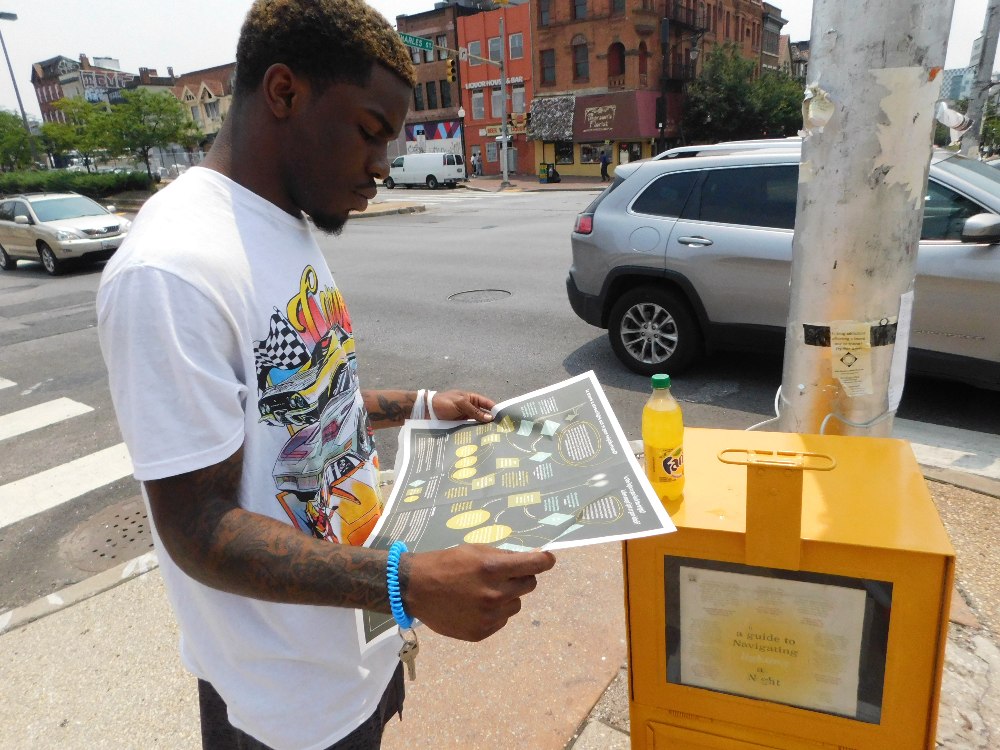
‘There is a light that feels too bright on southside of Lafayette, between Barclay and Guildford, and stark as “somebody is watching out for crime”, bright white light, really intense – they (neighbours) have to get extra heavy curtains to block the light……. It feels like a security light from the police: cold and sterile- we are close to the prison and it feels like a prison light,’ remarks a neighbour.
The residents of Baltimore are feeling the consequences of the world’s LEDification. Their streets feel more bright blue than yellow. The administration of the city launched the Bmore Bright initiative and started to upgrade older light bulbs to install new LED lighting, not only to reduce the energy bill but also to reduce crime. Sometimes the city uses tower lights as a temporary solution to lack of lighting in a neighborhood or on a specific street, explains Hambleton. Some parts of the city end up with a bright light which feels like surveillance, people feel that they are spot on. Therefore darkness can be also perceived as a luxury in Baltimore.
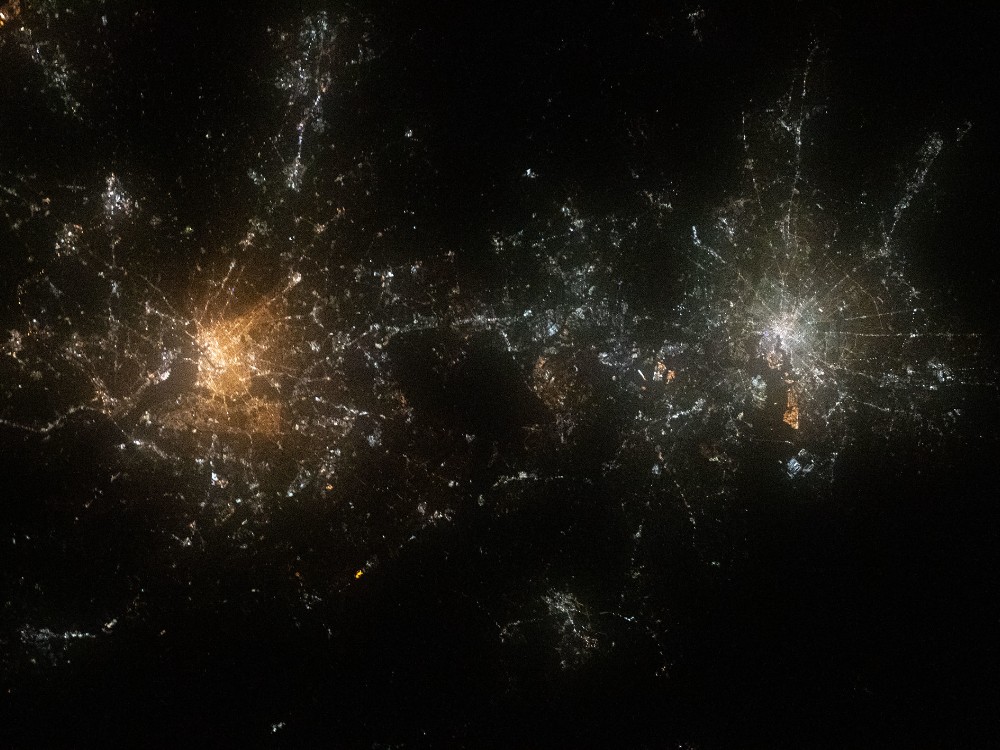
Through the expertise of local designers at Flux Studio, Public Mechanics, and PI.KL Studio, North Signal Station has looked into a lot of interesting information about glare, light contrast, how lighting affects us, and how light helps us see things in different colours. Glare is an experience of extreme brightness caused by overly bright light sources in your visual field, which make nearby spaces feel darker. Color rendering explains why not all electric light sources allow us to see the same colours that we can see in daylight.
Many findings about street lighting have been included in a compelling Community Lighting Guidebook released by Signal North Station on how the human eye perceives light —and what that means for the types of light we might want in our cities. It is a practical guide accessible to everyone to activate community light projects with a basis grounded in how to start that process and sources of funding. The team has also published an open-source Signal Station North Lighting Plan specific to the Station North Arts District, however many of its recommendations can apply to any neighborhood in Baltimore, and beyond.
We wanted to make the lighting infrastructure more transparent to people by explaining some of the science of light and how lighting can help or hinder the experience of public space, explains Hambleton.
According to the guide around 3000 kelvin are recommended for the city in relation to the correlated colour temperature, the metric used to describe the colour of a white light source measured in Kelvin. The colour temperature of the light in an environment affects how that space feels.
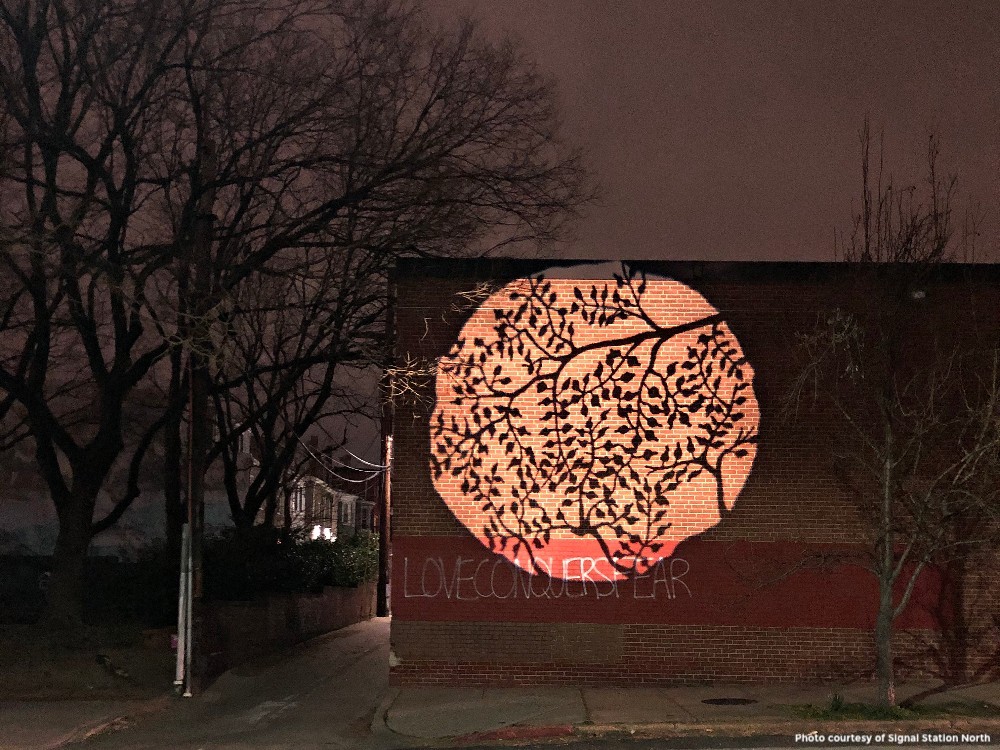
Limiting glare is also an important consideration when designing light for urban spaces but dimming must be managed carefully in consultation with local people, thus the importance of the engagement process. In one of the events, local artist April Lewis asked residents through her art intervention We’re here how they would like to be seen in space, touching on the idea of visibility more broadly, the concepts of lighting and equity.
The second phase of Baltimore’s switch to LED street lights is on hold. In the meantime local designers are now developing the three creative lighting interventions which might bring dynamic and functional light to the District’s nighttime environment. They will enlighten Central Baltimore with the transformative power of light in the coming months. Stay tuned for this illuminating evidence.
North Signal Station has been supported by the National Endowment for the Arts, the Central Baltimore Partnership, BOPA, the France-Merrick Foundation and the Robert W. Deutsch Foundation.
